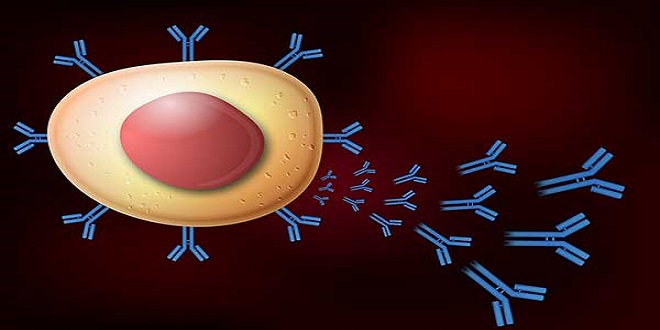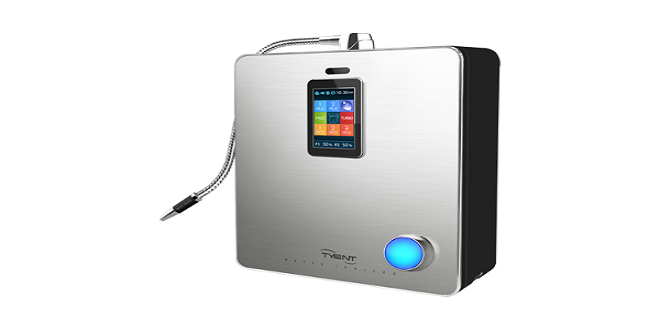Introduction to Polyclonal Antibody growth Factors

Monoclonal antibodies, on the other hand, are antibodies that are produced by a single lineage of B cells. They are a group of immunoglobulin molecules that react to the same antigen but recognize different epitopes.
A growth factor, a chemical naturally occurring in cells, promotes cell proliferation and wound healing. It is usually a steroid hormone, or a protein released. A wide variety of cell activities depend on growth factors.
Types Of Growth Factor; VEGF, EGFR, and ERBB2
What is VEGF?
Many cells produce vascular endothelial-growth factor (VEGF), also known as vascular permeability factor (VPF) which stimulates blood vessel formation. VEGF belongs to the platelet derived growth factor family. These proteins are important signaling proteins that play a key role in vasculogenesis (the creation of an embryonic circulatory system) and angiogenesis, which is the formation of blood vessels (from pre-existing vasculature).
VEGF’s primary function is to make new blood vessels in embryonic development after injury to muscle and to prevent blocked vessels from developing (collateral circulation). It can cause illness. Without sufficient blood supply, solid malignancies cannot grow beyond a certain size; cancers that express VEGF may spread and grow.
About VEGF anti-hormone
Today, there are more than 3300 VEGF antibody products on the market. There are over 60 manufacturers and suppliers. This antibody reacts with both native and denatured human VEGF. Although the immunogen is Human Vascular Endothelial Growth Factor 165A (HVEGF 165A), it has high homology to multiple VEGF forms.
What’s EGFR?
The EGFR gene codes the epidermal growth factors receptor. This receptor protein spans the cell membrane, with one end within the cell and the other extending from the cell’s surface. The epidermal Growth Factor receptor (EGFR), a transmembrane protein, is a receptor protein for extracellular protein ligands of the epidermal factor family (EGF).
EGFR becomes an active homodimer when it is activated with its growth factor ligands. There is evidence that active dimers existed before ligand interaction, but there are not many. EGFR can also form homodimers after ligand binding.
About the EGFR Antibody
Over 50 manufacturers and suppliers have more than 4300 EGFR antibodies on the market. EGF Receptor Antibody detects endogenous EGF receptor protein. This antibody is not cross-reactive with other ErbB proteins. EGFR antibodies can be produced by immunizing animals using a synthetic peptide that corresponds to the residues around Tyr1068 of human EGF-receptors. Protein A and peptide affinity Chromatography are used to purify antibodies.
The scientific uses of EGFR antibody include Western Blot, Immunocytochemistry (Paraffin), Immunoprecipitation and Immunohistochemistry. These antibodies target EGFR in human, mouse and rat tissues. These antibodies have been made in rabbit, mouse, and rat monoclonal and polyclonal as well as recombinant monoclonal and polyclonal monoclonal and polyclonal antibodies. These antibodies were tested for specificity against EGFR using cell treatment, knockout, independent antibody, IP-MS and Knockdown as well as relative expression and peptide array.
What’s ERBB2?
The ErbB family consists of four plasma membrane-bound receptor Tyrosine Kinases. Other members of the ErbB family include epidermal growth factors receptor, erbB-3 (“neuregulin binding; lacks domain kinase”) and erbB-4 (“neuregulin binding; lacks domain kinase). All four have an external ligand-binding domain, a transmembrane domain, and an intracellular domain that can interact with a wide range of signaling molecules and can function both ligand-dependent and ligand-independently. HER2 ligands are still unknown.
To produce more affinity signaling complexes, ErbB2 heterodimers with other members of ErbB’s family. The kinase of ErbB3 is responsible for initiating the tyrosine-phosphorylation signal via the heterodimeric receptor, due to ErbB3’s defective kinasedomain. Three-amino-acid signal is required to activate ErbB2 from the ErbB3 Cytoplasmic Domain. The three-amino acid signal was also discovered in ErbB1 as well as ErbB4. The ErbB2 signaling pathway is controlled by phosphoinositide-3-kinase. Plakoglobin and beta-catenin were found to bind to ErbB2 in the cytoplasmic domain.
About ERBB2 anti-body
Today, there are over 2000 ErbB2 antibodies on the market. There are also more than 50 suppliers and manufacturers. ErbB2Antibody detects endogenous total ErbB2 proteins. The antibody doesn’t cross-react to related kinases. The ErbB2 antibodies can be produced by immunizing animals with a synthetic protein that corresponds to the residues around Tyr1222 of human ErbB2. Protein A and peptide affinity Chromatography are used to purify antibodies.





